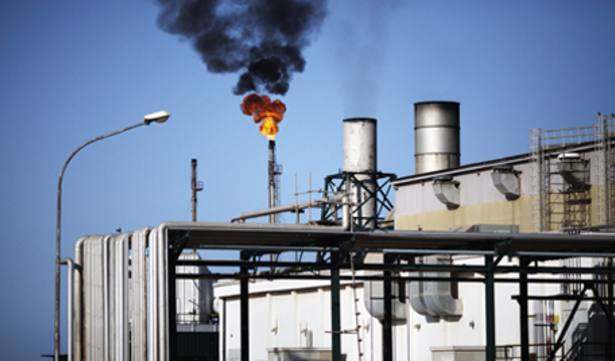It matters not that oil has been used in some shape or form for many generations.
It was the innovative refinement by James Young in the mid-19th century that gave the world its first hit of what was to become a seriously addictive substance. That bright spark refined the heavy crude and demonstrated that it could be used as fuel in paraffin lamps.
Fast forward to today and we have never been more reliant on any one raw material that has so many uses.
Brent tends to be the trading classification for crude in Europe, while West Texas Intermediary (WTI) is the unequivocal measure of the black stuff in the US. Global prices move approximately in tandem and, of late, we have watched WTI sink to $38/barrel from a high of more than $100 a few years ago.
The high price led many ‘wildcatters’ to seek financial backing and grab their proverbial shovels. Of course, when the price fell… well, just look at the reaction by the banks recently that reflected the probable write-off of a chunk of petrodollar-related debt.
Financial assets and commodities are simply supply-and-demand driven. If the global economy is expanding, the world needs more of the dirty fuel to operate machinery, aid transportation of goods and, of course, domestic consumption plays a large part in demand, too. But the opposite is also true, and that is when stockpiles or inventories tend to build.
On the supply side, the hurricane season in the Gulf of Mexico tends to unsettle things. Numerous rigs are often knocked out of commission, hence driving the price higher.
Wars, too, have a far greater influence. Not so much on the demand side as on the supply. A cynic might suggest the west’s preoccupation with the Middle East is to preserve our oil-thirsty interests. Certainly the so-called peace now benefiting those Middle Eastern nations allows them to reliably generate supply. Indeed, the Iranian deal a few months ago brought additional supply that further served to depress the oil price.
The past year’s perfect storm of an evidently slowing China (and other emerging markets), coupled with additional production in the way of cheap natural gas and new production methods such as fracking, drove down the oil price to its nadir of recent years.
Investors must not forget that this is a cyclical industry and all a healthy part of free-market pricing. Just as with China’s official economic data, where we get what we are fed often somewhat dubiously, the same is true of oil production and inventory figures.
We ought to be aware that in virtually every instance that the oil price has fallen heavily over the past half a century, markets (as measured by US equities) have always been propelled higher in the coming year. If we examine what consumer spending typically comprises, we would see falling energy costs and a host of other influences indirectly relating to oil stand to put a fistful of extra dollars in consumers’ pockets. While a low price is evidently poor news for the oil sector in the short term, an eventual demand-driven recovery in broader markets normally ensues.






